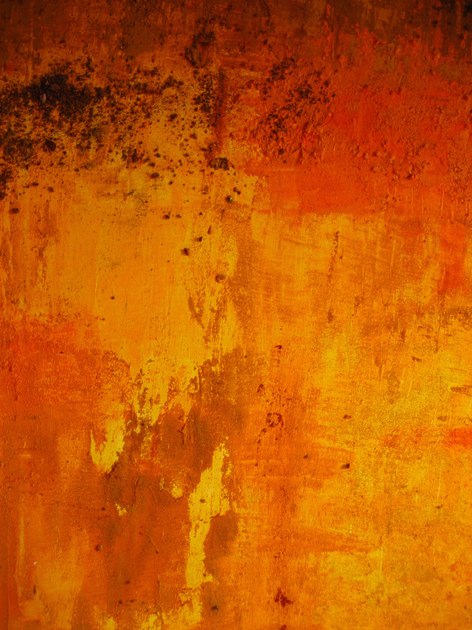

Behind every of Wiebke Dreyer´s painting lies a passion for colour and light. Everything is defined by colour and no colour without light.
Growing up in the north of Europe as a very visual person meant Wiebke appreciated all varieties of light from an early age and learned to fear the absence of it, especially during short dark winter days. It also meant being aware of a long and subtle tradition of painting.
Moving to Barcelona and living with Mediterranean light was at first overwhelming, but obviously fascinating, furthermore, as all her fellow students were indifferent to the intensity of light and colour. To be noticed, colours have to be strong in Mediterranean light, the complete opposite to pastel colours of the north and so it was during that time in the Mediterranean that Wiebke started her paintings about colour, taking initial inspiration from Mediterranean landscapes and architecture and moving slowly towards abstraction.
Artists that influenced her one way or another during this process were mostly The Blue Rider artists, Paul Klee, Joan Miró, Frida Kahlo, Gerhard Richter, Antoni Tàpies, and Miquel Barceló. But as well writers such as Isabel Allende and Gabriel García Marquéz and their colourful Latin American culture played their part. And last but not least her favourite author of her childhood Astrid Lindgren.
During her MA Wiebke started her first series, the "colour and words" series, which explores how the language you are thinking in influences your perception of the colour you are looking at, as well as your general perception. She continued this into the "colour circle" paintings, which were more expressive and more and more about colour itself.
Traveling to Morocco in 2002 introduced the aspect of texture and environment. Sand and pigments are at the heart of her "desert paintings", drawn from the experiences of some time spent in the Sahara desert .
The following "earth series" was inspired by walks in her local park Hampstead Heath, whose paths resemble the sandy surfaces of the desert. These new aspects of texture, nature and environment look back to the original landscapes, defining landscapes and environment in a new way.
A recent passion for opera, especially Wagner and the strong artificial colours of the theatrical environment lead to the vibrant "stage designs", which followed the ongoing "music paintings" (result of being the artist in residence at the Güttler Music Festival) and contrast the previous "earth series". Artificial environment versus nature.
But most paintings, whatever they are based on, are the result of long walks in nature, where she relaxes and clears her mind to let impressions come to her.